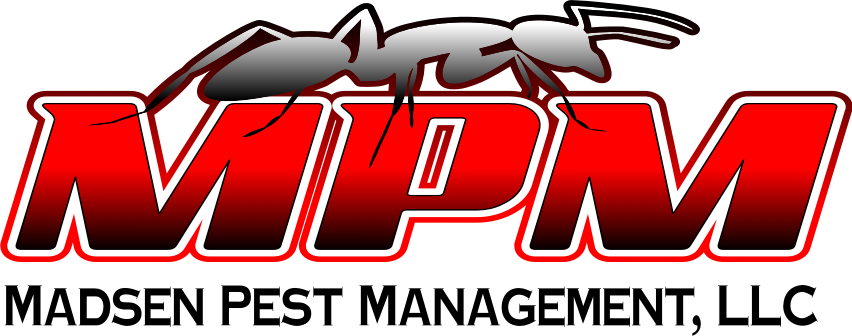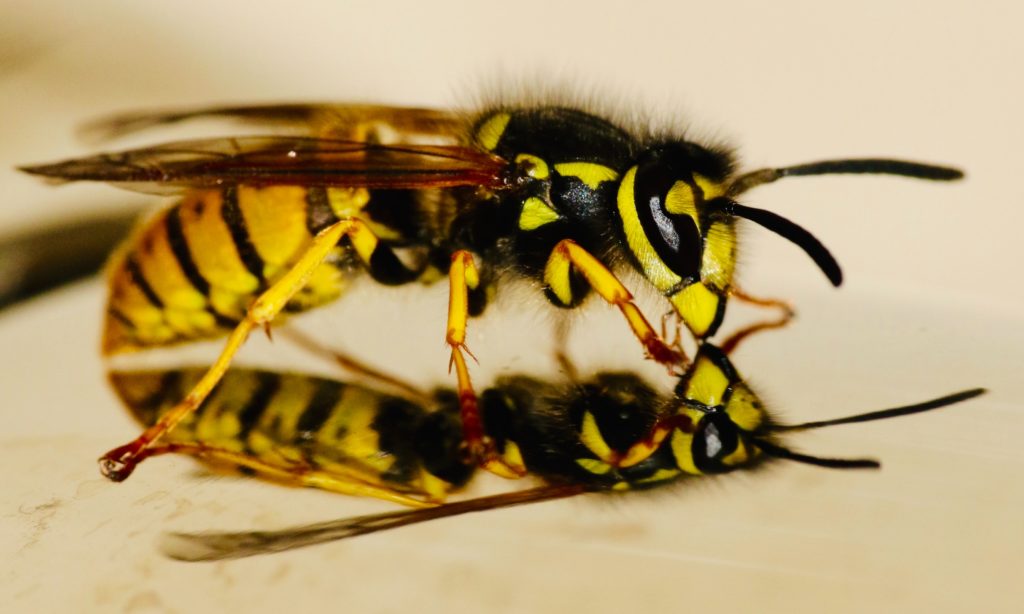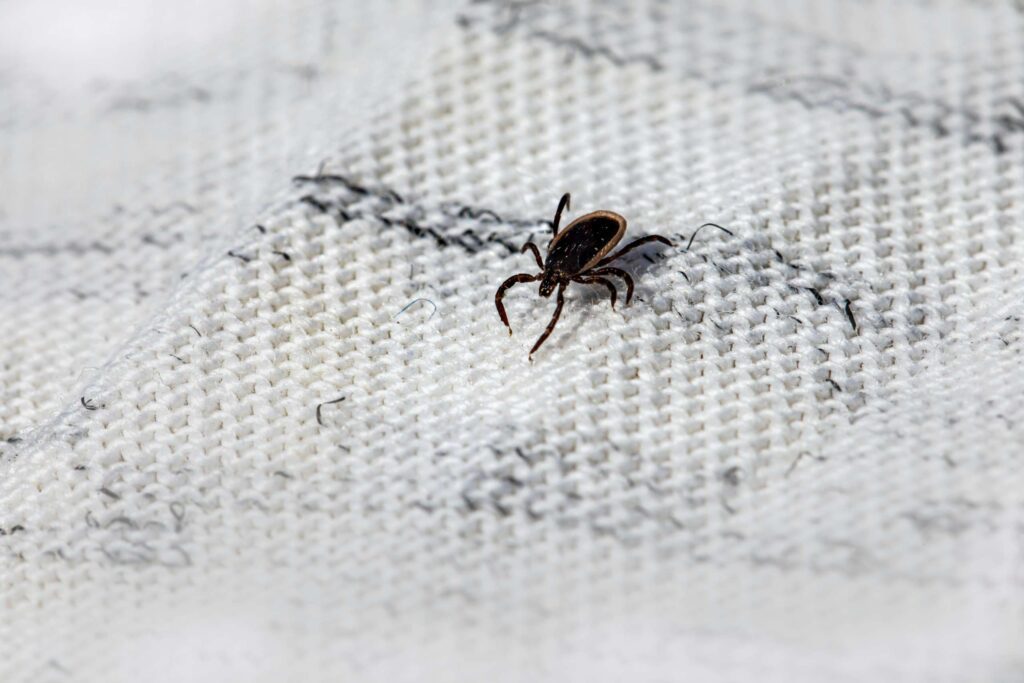When it comes to pest control, prevention is the ultimate game-changer. The age-old saying “An ounce of prevention is worth a pound of cure” rings true in the world of pest management. Pest prevention is the cornerstone of effective pest control. Adopting proactive measures will save you time, money, and peace of mind.
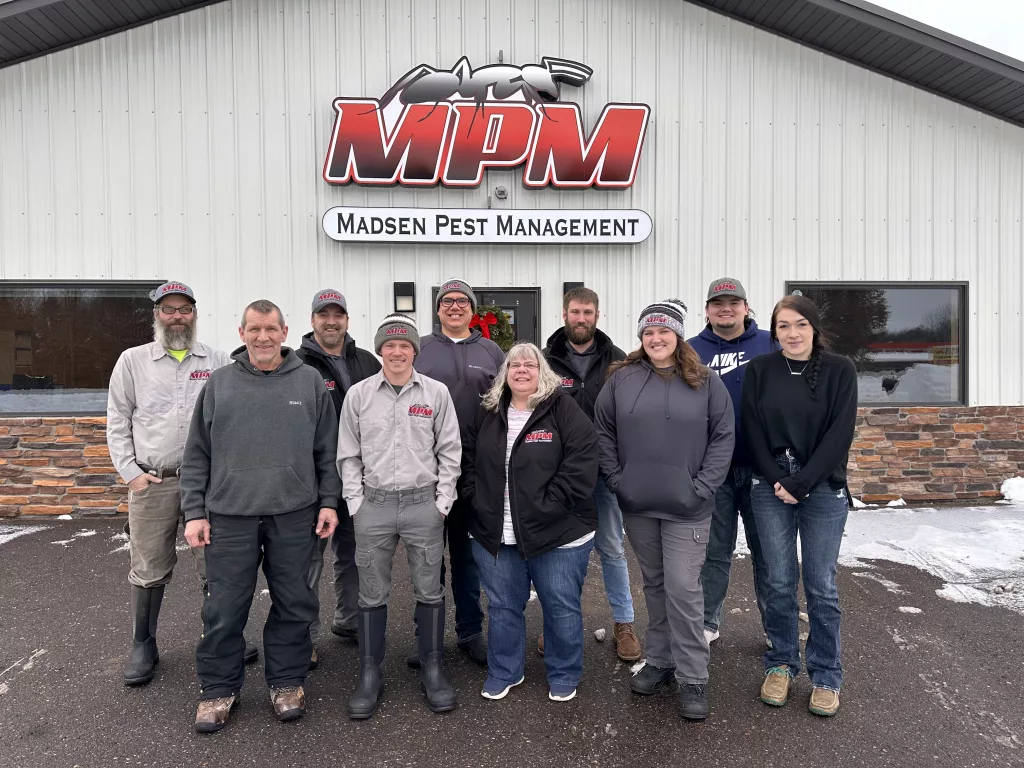
The Shift to Prevention: Why It Matters
Traditionally, pest control might conjure up images of battling pests with chemicals after they’ve invaded your space. However, the approach has evolved. Modern pest control emphasizes prevention as the most efficient strategy.
Think of pest control like health care: prevention is always better than cure. Just like a regular health checkup, consistent and preventative pest control measures ensure that infestations are caught early or, better yet, prevented entirely. At Madsen Pest Management, we like to say we’re in the “pest prevention” business.
Benefits of Pest Prevention
- Cost-Effectiveness: Preventive measures often cost less than treating a full-blown infestation. Regular inspections and proactive actions can nip problems in the bud and save you money.
- Reduced Health Risks: Pests can bring along diseases, allergens, and pathogens. Preventing their entry minimizes health risks for you, your family, and your pets.
- Preserved Property: Pests can wreak havoc on structures and belongings. Preventing infestations preserves the integrity and value of your property.
- Sustainability: By staying proactive, you can avoid the need for aggressive treatments and opt for minimal intervention strategies. Prioritizing prevention empowers technicians to tackle issues while upholding environmentally conscious practices and responsible methods.
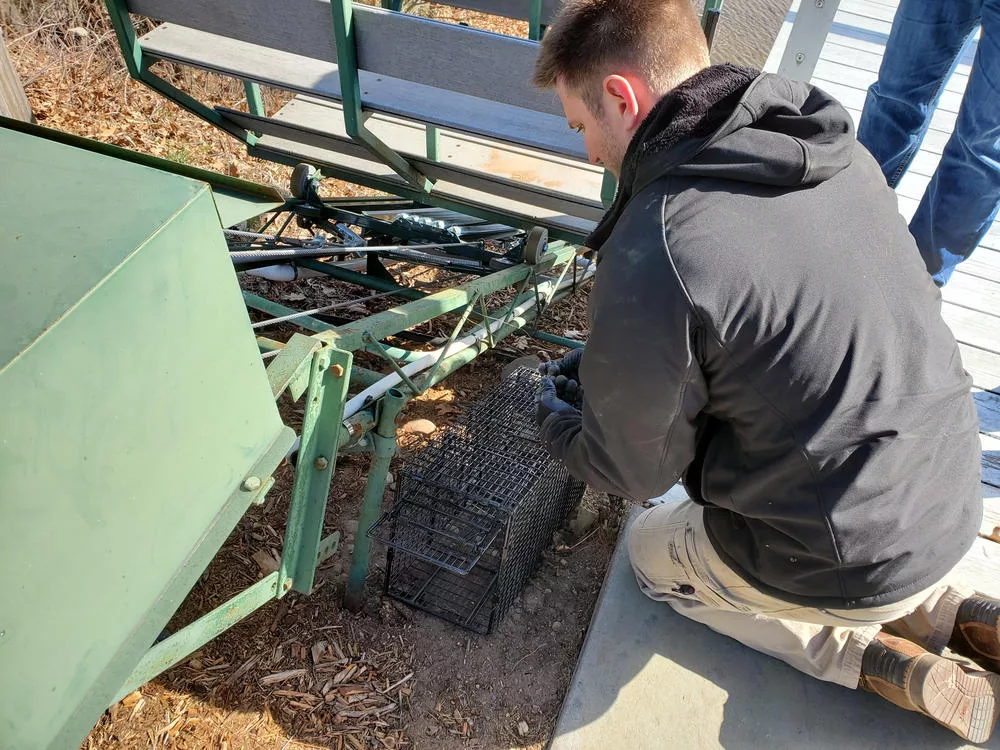
Elements of Effective Pest Prevention
- Sealing Entry Points: Pests exploit even the tiniest gaps to gain entry. Regularly inspect and seal cracks, gaps, and openings in your home or business.
- Proper Waste Management: Adequately sealed trash cans and timely disposal prevent pests from accessing food sources.
- Landscaping Maintenance: Trim trees, bushes, and vegetation away from your property to eliminate potential pest pathways.
- Regular Inspections: Routine inspections by professionals can detect early signs of infestations and allow for timely intervention.
- Education: Learning about common pests, their habits, and ideal habitats can empower you to take preventive actions.
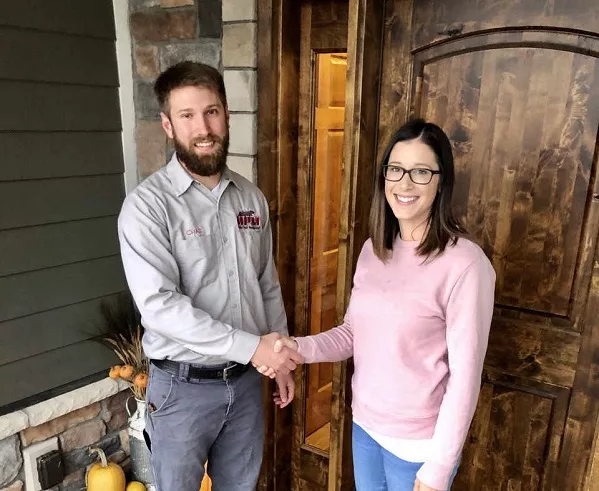
Partnering with Pest Management Experts
While DIY prevention strategies are effective, partnering with pest management experts can take prevention to the next level. Professionals have the knowledge, experience, and resources to devise customized prevention plans tailored to your specific needs.
Pest control has transitioned from reactive measures to proactive prevention. The benefits are undeniable – from cost savings to health protection and property preservation. By embracing preventive actions, you’re not just keeping pests at bay; you’re embracing a lifestyle of peace, comfort, and sustainability. Remember, the key to successful pest control lies in preventing the problem before it begins. Contact Madsen Pest today and unleash the power of pest prevention!
Related Posts
SAY FAREWELL TO YOUR FLEAS!
They’re small. They’re hard to exterminate. They’re a menace to your home, pets and people. What are they? Fleas. Fleas are no joke. These minute insects are one of the hardest pests to get rid of. Fleas are small parasites that feed on animal or human blood. Flea bites are irritating and itchy to both…
MOSQUITOS, SPIDERS & TICKS… OH MY!: THE PESTS OF SPRING
The sun is shining, the trees are budding, the temperature’s rising; everything is coming back to life after that long and seemingly endless winter. Along with the arrival of spring comes the reemergence of springtime pests. YUCK! Every year we look forward to the melting snow and springtime growth, but frequently forgotten, along with those…
